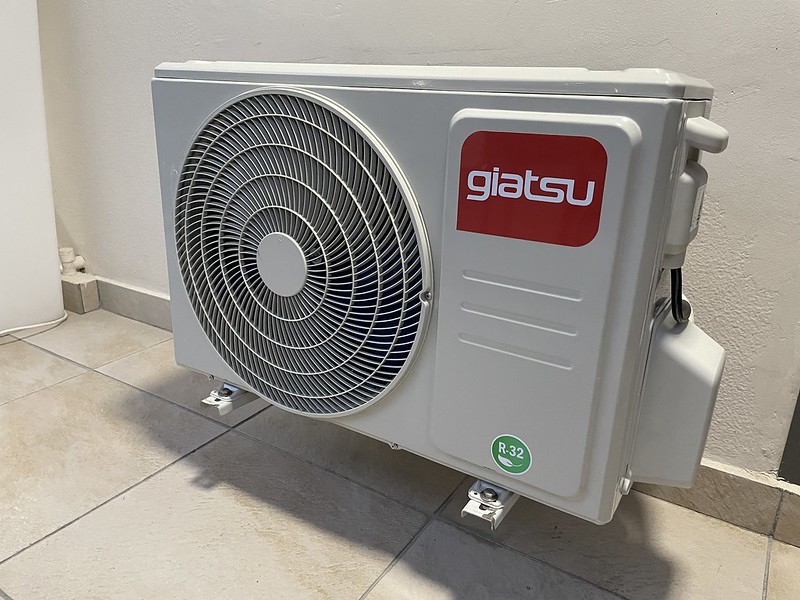When it comes to mini-split air conditioning systems, the proper management of excess hose can be a critical concern for DIY users. The general consensus among experts is that it is best to keep the lineset distance as close to the pre-charged amount as possible. However, if you find yourself with excess hose, there are specific techniques and considerations to ensure the proper storage and handling of this excess material.
Coiling the Excess Hose
One common method for storing excess mini-split AC hose is to coil it up near the condensing unit, located outside the house. However, it is important to note that coiling the lineset can create a low spot, which can trap condensed refrigerant oil, potentially leading to issues. To mitigate this problem, it is recommended to coil the excess hose horizontally instead of vertically, as specified by at least one manufacturer, MRCOOL.
When coiling the excess hose, it is crucial to ensure that the coil is not too close to the condenser unit. Placing the coil too close to the condenser can cause issues with refrigerant flow and oil return. A good rule of thumb is to maintain a distance of at least 6-12 inches between the coiled hose and the condenser.
Additionally, it is essential to avoid coiling the hose too tightly, as this can lead to kinking and potential damage to the lines. The coils should be made with a gentle, smooth curve, allowing for proper airflow and preventing any sharp bends or kinks in the hose.
Cutting Excess Hose to Size
If you have a significant amount of excess hose, you may consider cutting it down to size. However, this task can be challenging, especially if you lack experience in making flared connections or soldering copper tubing. If you decide to cut the hose, it is crucial to use high-quality flare blocks and fittings to ensure a proper seal and prevent any potential leaks.
When cutting the excess hose, it is essential to measure the required length carefully and mark the cut point precisely. Use a tubing cutter or a fine-toothed hacksaw to make the cut, ensuring a clean, straight edge. After cutting, you will need to flare the end of the hose to create a secure connection with the appropriate fittings.
Proper Hose Handling and Storage
Regardless of whether you choose to coil the excess hose or cut it down to size, it is essential to handle the hose with care to prevent any damage. Avoid kinking, twisting, or bending the hose, as this can compromise the integrity of the refrigerant lines and lead to potential leaks or performance issues.
When storing the excess hose, it is recommended to keep it in a clean, dry, and protected environment, such as a storage shed or garage. Exposure to direct sunlight, moisture, or extreme temperatures can cause deterioration of the hose material over time.
Considerations for Refrigerant Charge
It is important to note that any modifications to the lineset length, such as cutting excess hose, can impact the pre-charged refrigerant amount in the system. If you do cut the hose, you may need to adjust the refrigerant charge accordingly to maintain the proper system operation. Consult the manufacturer’s instructions or seek the assistance of a professional HVAC technician to ensure the correct refrigerant charge is maintained.
Conclusion
Properly storing excess mini-split AC hose is a crucial aspect of maintaining the efficiency and longevity of your mini-split air conditioning system. By following the guidelines outlined in this comprehensive guide, DIY enthusiasts can effectively manage excess hose, whether by coiling it or cutting it down to size, while ensuring the system’s optimal performance and preventing potential issues.
Remember, if you have any doubts or concerns about the process, it is always best to consult with a professional HVAC technician to ensure the safe and proper handling of your mini-split system.

